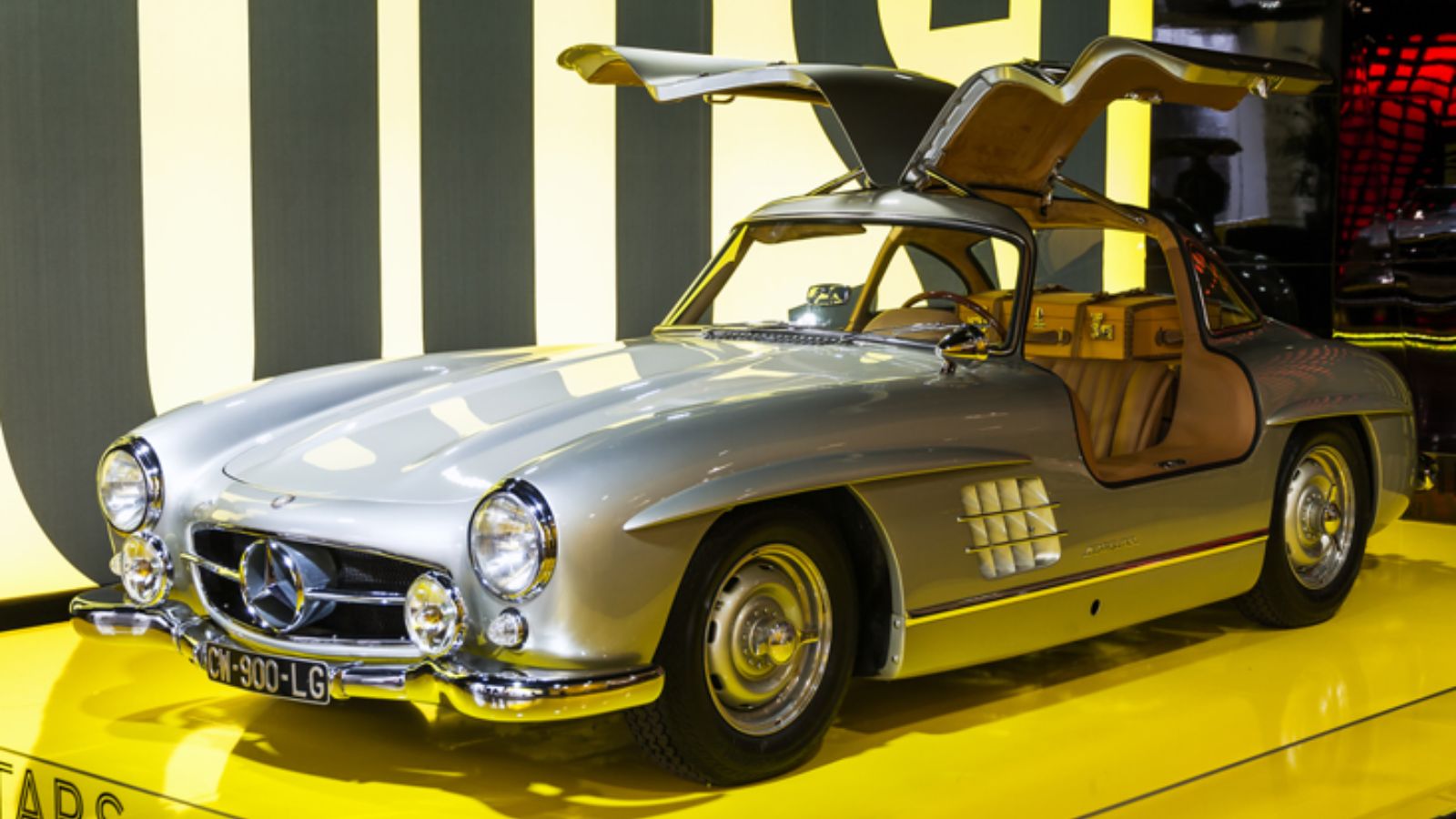Classic cars not only evoke nostalgia but also serve as smart investments. Certain models have proven to maintain or even appreciate in value over time, making them ideal choices for collectors and enthusiasts alike. Whether you’re a seasoned collector or new to the world of classic cars, knowing which models hold their value can help you make informed purchasing decisions.

Understanding Classic Car Values
Classic car values fluctuate based on various factors. Grasping these elements can help you make informed decisions when considering any classic vehicle.
Factors Influencing Value Retention
Several aspects impact how well a classic car retains its value. Rarity plays a crucial role; limited production models often attract collectors. Condition is equally important. Well-maintained cars with minimal wear command higher prices.
Market demand also affects values. Popular models, like the Ford Mustang or Porsche 911, tend to retain value better than less sought-after vehicles.
Furthermore, restoration quality can significantly alter a car’s worth. Poor restorations can decrease value, while genuine, high-quality restorations can enhance it.
Quick Reference Table:
| Factor | Impact on Value |
|---|---|
| Rarity | High |
| Condition | High |
| Market Demand | Variable |
| Restoration Quality | High |
Importance of Provenance and Authenticity
Provenance refers to the history and documentation of a classic car. Cars with verified histories generally hold more value. Items like original purchase receipts, service records, and factory paperwork can enhance a vehicle’s appeal.
Authenticity is another vital factor. Original parts and specifications contribute positively to a car’s standing among enthusiasts.
Certain modifications can be accepted, but they might affect value, especially if they diverge significantly from the original design. Keeping a classic true to its roots usually pays off in value retention.
Key Considerations:
- Verify the car’s history.
- Ensure the authenticity of parts.
- Document modifications thoroughly.
By focusing on these details, you can gain better insight into the value of classic cars.
Iconic Classic Cars That Hold Their Value
Certain classic cars are not just about nostalgia; they are also smart financial choices. Their rarity, performance, and enduring appeal help them maintain impressive resale values. Here’s an overview of some iconic models.
Jaguar E-Type
The Jaguar E-Type, launched in 1961, is often celebrated as one of the most beautiful cars ever made. Its sleek design and remarkable performance made it an instant classic.
You’ll find it retains high resale value, often fetching between £50,000 and £160,000, depending on the model year and condition. The rarity of specific configurations, particularly the early 3.8-litre models, adds to its desirability.
Owners appreciate its blend of style and engineering, which has ensured a dedicated following and stable market interest over the years. E-Types are not just vehicles; they’re investment pieces for enthusiasts and collectors alike.
Aston Martin DB5
The Aston Martin DB5 gained fame as James Bond’s car in “Goldfinger,” elevating its status among classic car lovers. Since its debut in 1963, this model has been synonymous with luxury and performance.
Current market prices for well-maintained DB5s hover around £1 million or more. The vehicle’s limited production run, with only about 1,000 units made, significantly contributes to its high value.
Collectors cherish the DB5 for its timeless appeal and strong brand heritage. Its status as a cultural icon helps it hold value exceptionally well, making it a prized possession for many.
Ferrari 250 GTO
The Ferrari 250 GTO, produced from 1962 to 1964, is one of the most sought-after classic cars in the world. Only 36 units were ever made, making it incredibly rare.
Recent auction prices have exceeded £35 million, marking it as an extreme investment. Its racing pedigree and stunning design contribute to its legendary status.
Owning a 250 GTO is considered a pinnacle achievement for serious collectors. Its iconic status ensures that you’re not only acquiring a car but also a piece of automotive history.
Mercedes-Benz 300SL Gullwing
The Mercedes-Benz 300SL Gullwing, introduced in 1952, is famed for its distinctive doors and high performance. This car helped establish Mercedes as a leader in innovation and engineering.
Values for well-maintained examples can range from £800,000 to over £1.5 million. Its technological advancements, including fuel injection and a lightweight design, resonate with enthusiasts today.
The 300SL Gullwing continues to capture attention at auctions and car shows alike. Its combination of elegance and performance ensures that it remains a solid investment for collectors.
Care and Maintenance for Value Preservation
Maintaining your classic car is crucial in ensuring it retains its value over time. Prioritising correct care methods can enhance the overall condition and desirability of your vehicle.
Restoration vs. Conservation
When considering how to maintain your classic car, decide between restoration and conservation.
- Restoration involves bringing the car back to its former glory, which may require replacing parts, repainting, and overhauling systems. This approach can significantly improve aesthetic appeal but may reduce its originality, impacting value.
- Conservation focuses on preserving the car’s existing features and condition. This method retains original parts and patina, which many collectors appreciate. It requires less intrusive techniques, keeping the car’s history intact.
Choosing the right approach depends on your goals for the vehicle and its current condition.
Storage and Protection
Proper storage can protect your classic car from the elements and potential damage.
- Indoor storage is ideal, as it shields the vehicle from UV rays, rain, and snow. Ensure the space is climate-controlled to avoid humidity, which can cause rust.
- Covers can also prevent dust accumulation and minor scratches. Use breathable covers to avoid moisture buildup.
Regular inspections while in storage help catch issues early. Check tyres, battery condition, and fluid levels regularly to keep everything in optimal condition.
Investing in care and storage not only keeps your classic car looking great but also plays a significant role in maintaining its market value.
